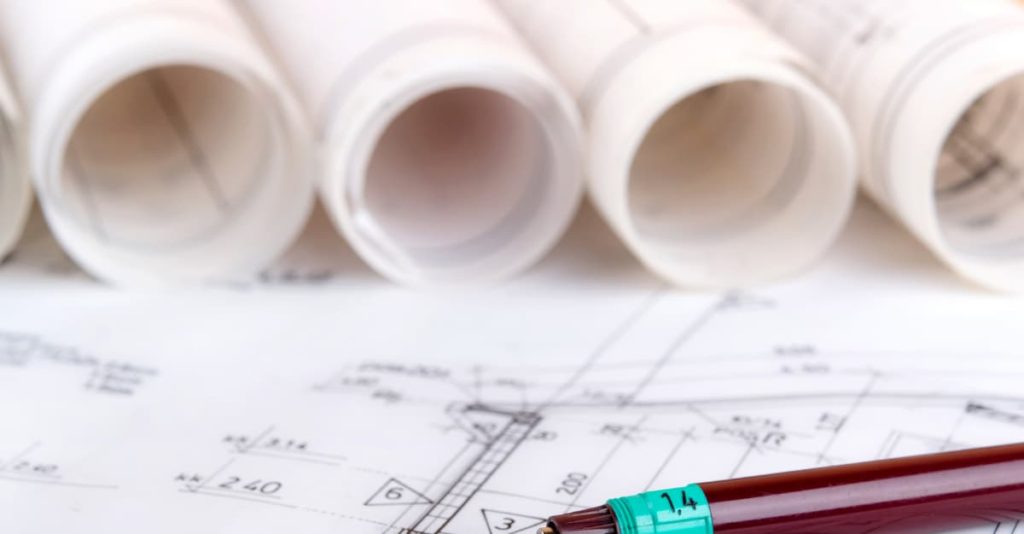What is aesthetics?
Aesthetics is a design philosophy that deals with visual appeal. Architects in industrial projects use factors like colour, balance, pattern, scale, symmetry, and shape to improve the aesthetics. Form and function are the two most important aspects of industrial design. While form is aesthetics and visual expression, functionality is more about the usability by the occupant.
What is architecture?
Architecture is the study of design and creating buildings and facilities. Architecture is a creative process where the philosophy of aesthetics is applied. However, architecture and aesthetics face multiple project constraints like budget, timelines, regulations, weather etc. Architecture has to be within the limitations and stand as a unified whole.
Factors considered by architects in industrial projects
Architects in industrial projects consider lines, shapes, textures, sizes, colours, balances, unity, emphasis, symmetry, space, alignment, and culture. The visual appeal of the facility is a combination of all the factors. Some other factors considered are statutory regulations, safety, durability, maintenance.
Aesthetics is subjective and depends on the person viewing the facility. Architecture is creating a workable design. However, an aesthetic building doesn’t mean that the occupants can overlook the flaws or inconveniences of an operational facility. As a consequence, aesthetics has to combine with the building’s functionality.
Architects in industrial projects have the additional responsibility to ensure that the space allocation is qualitative. Architects can improve aesthetics without compromising on functionality.
However, the architects rarely have a free run with the project. Industrial projects involve multiple stakeholders. Industrial architects are responsible for seeing that the stakeholders’ views are heard. Also, architects in industrial projects ensure that all the stakeholders are on the same page. Architects have also to understand the client’s requirements.
Conclusion
To conclude, architects ensure that aesthetics and architecture go hand in hand. Architects in industrial projects reach an aesthetic, cost-effective, safe, sustainable, functional, and optimised design solution.












